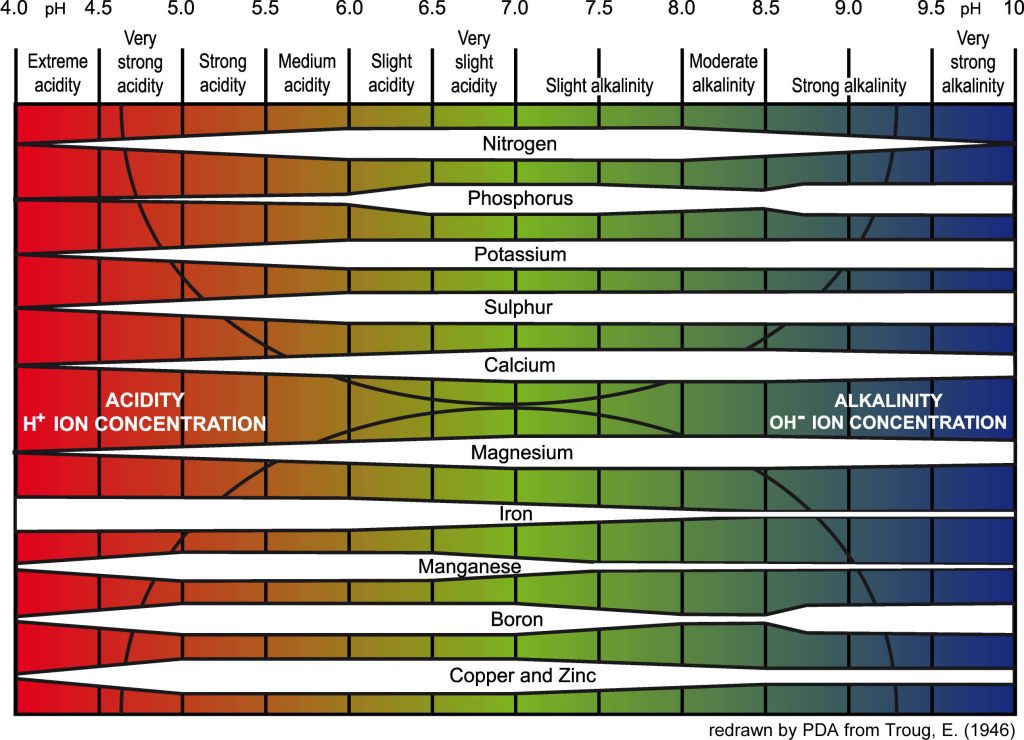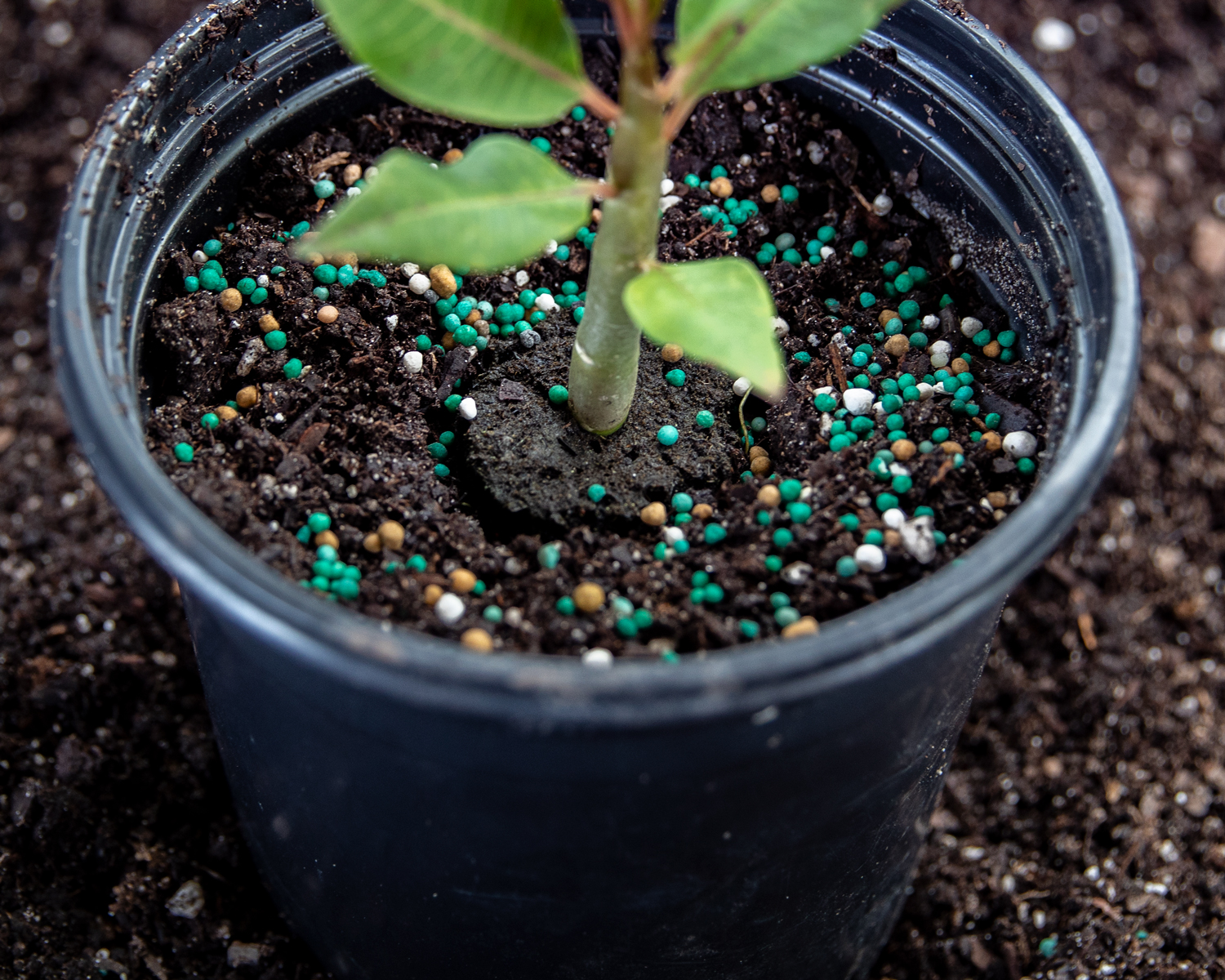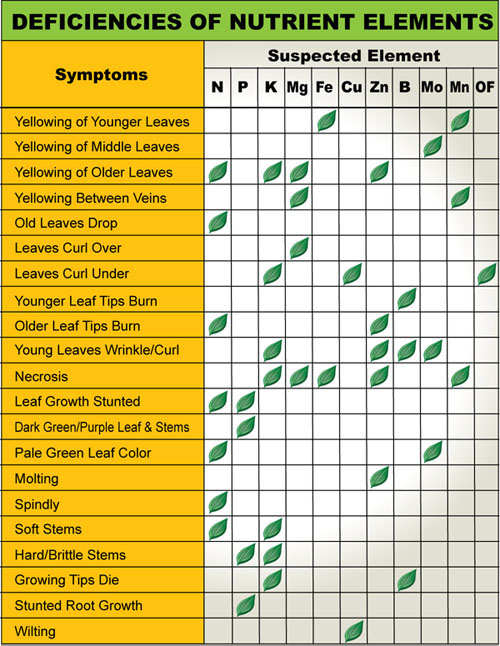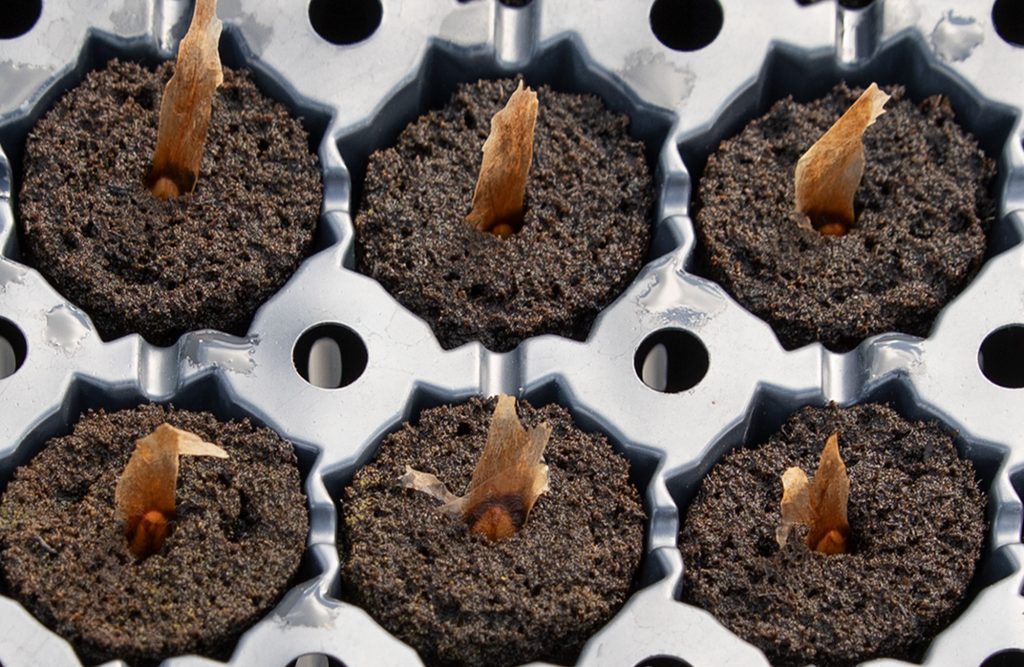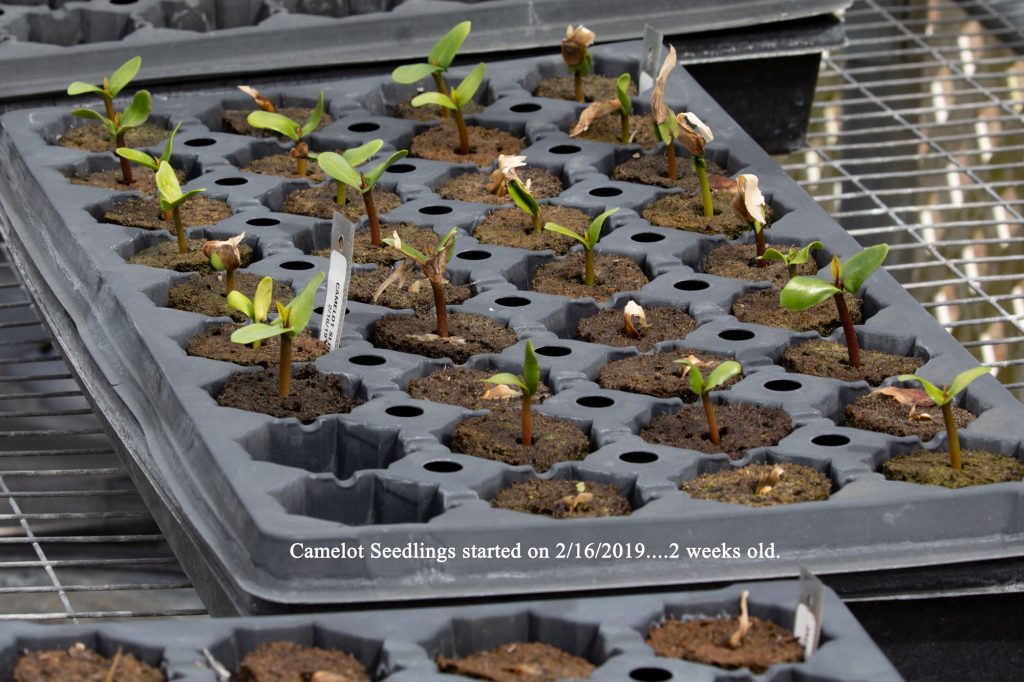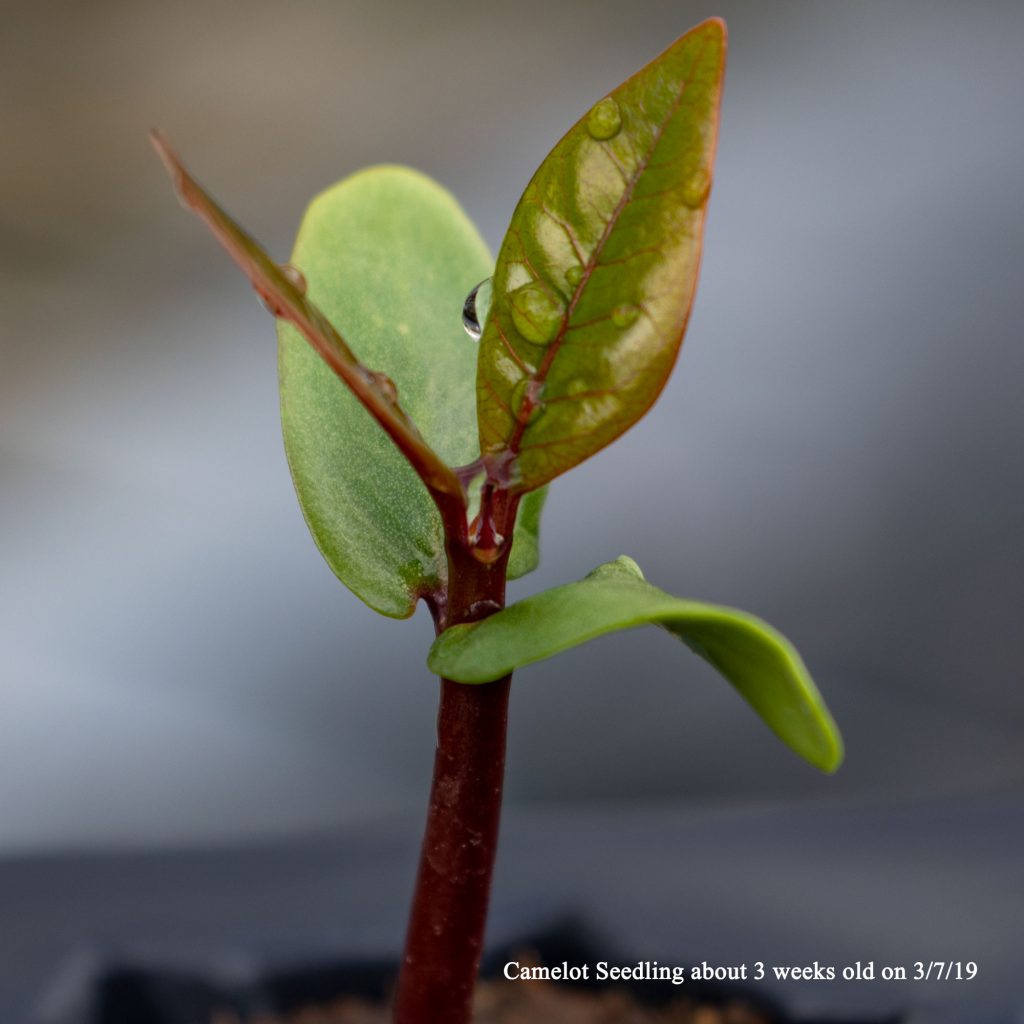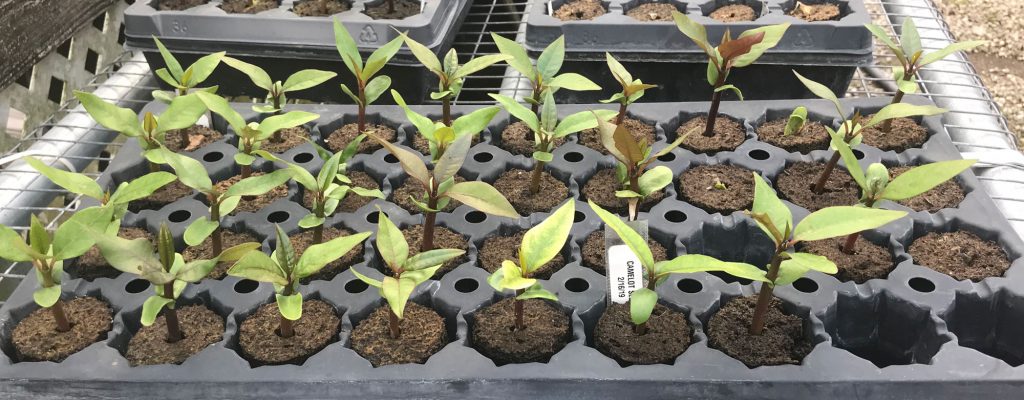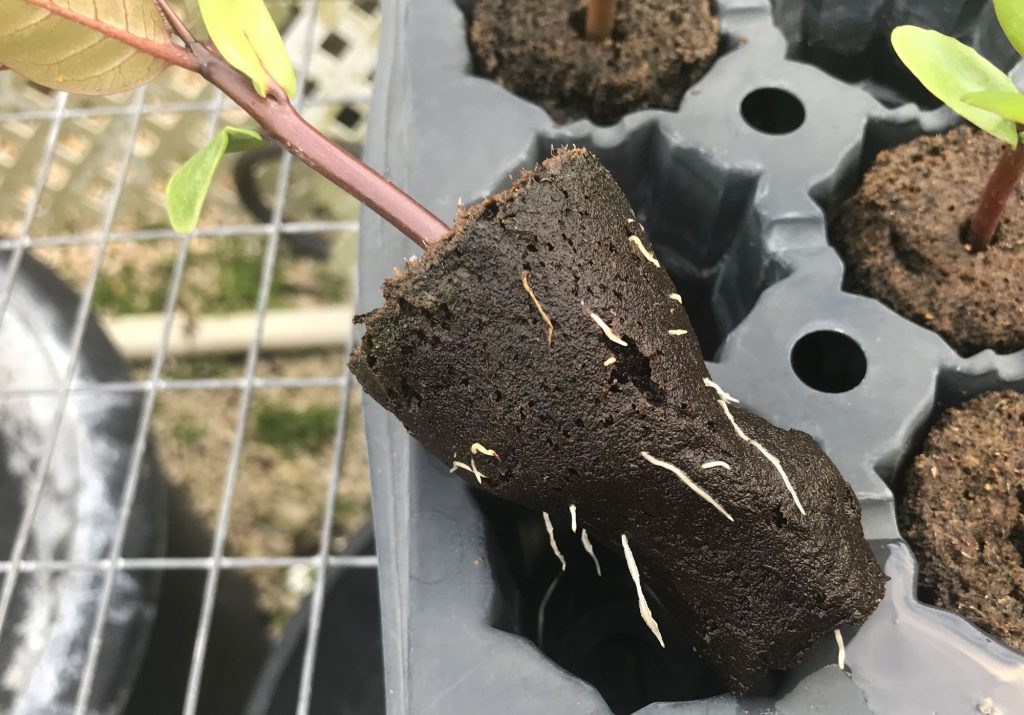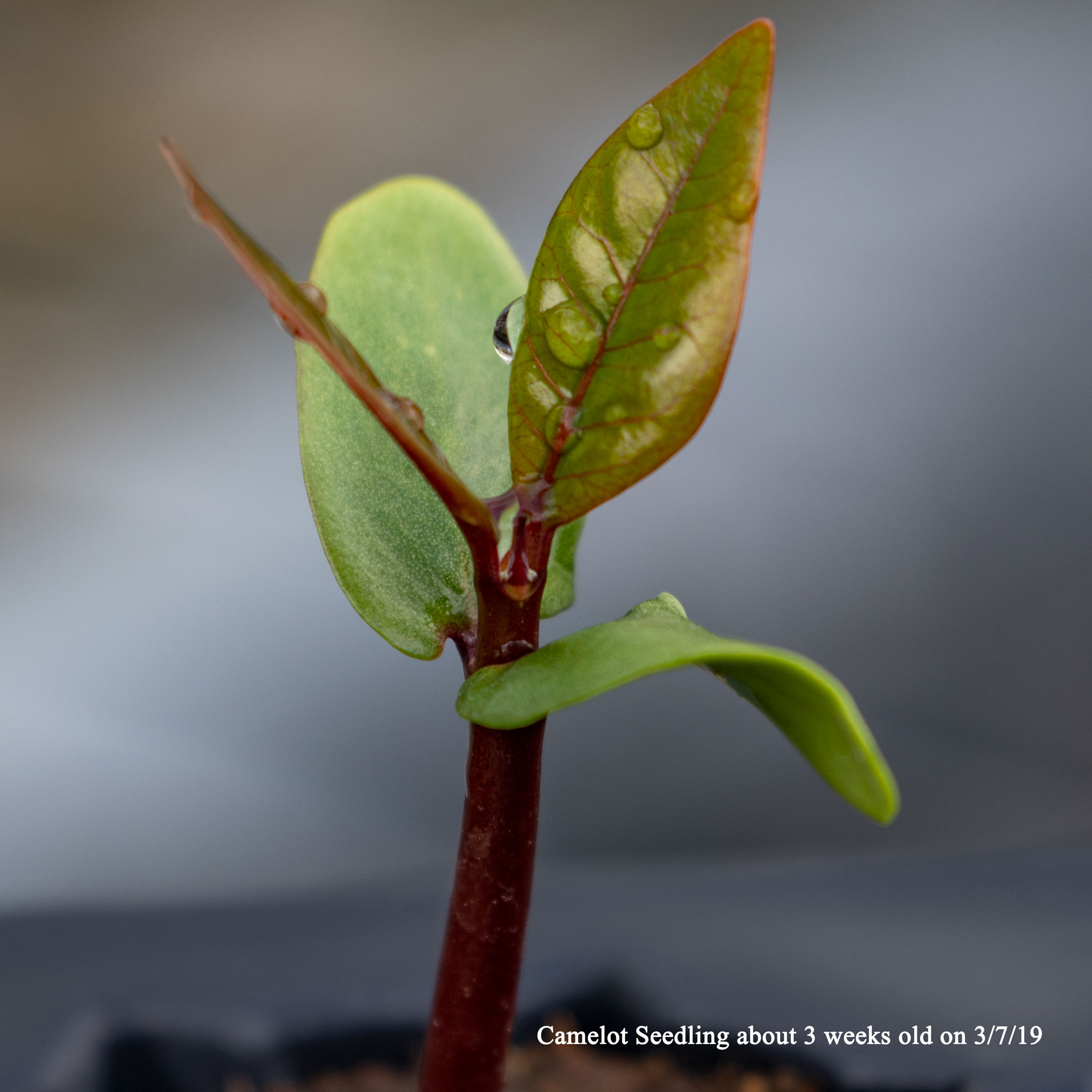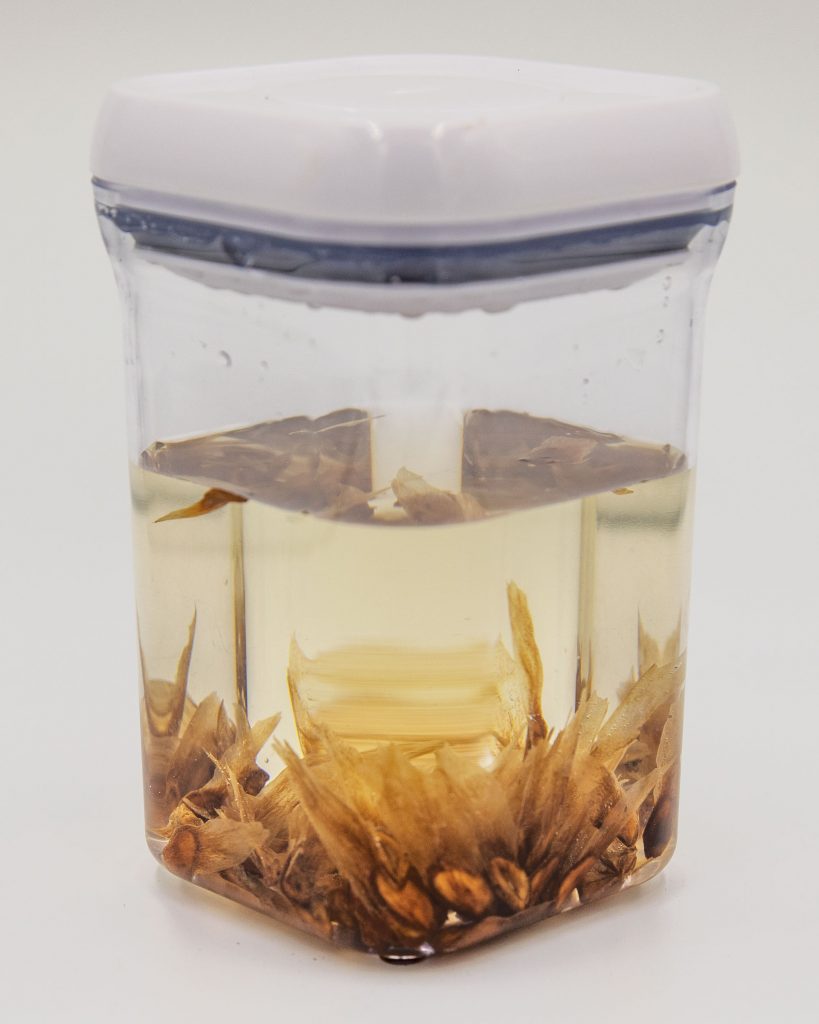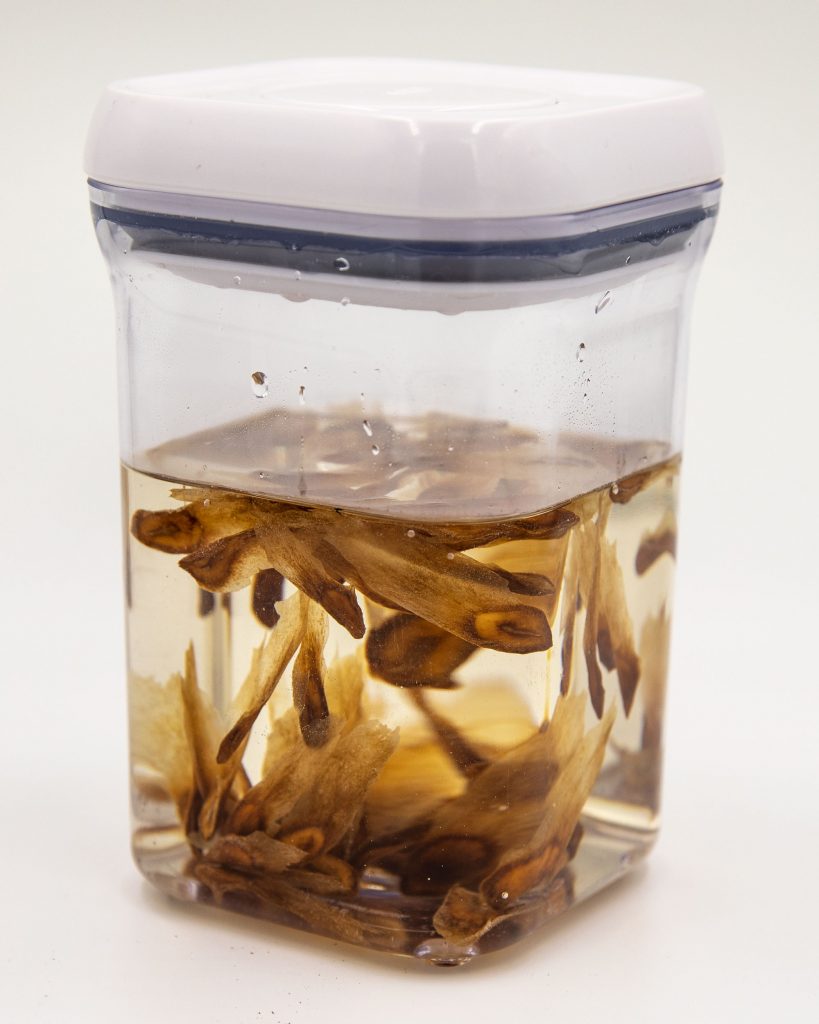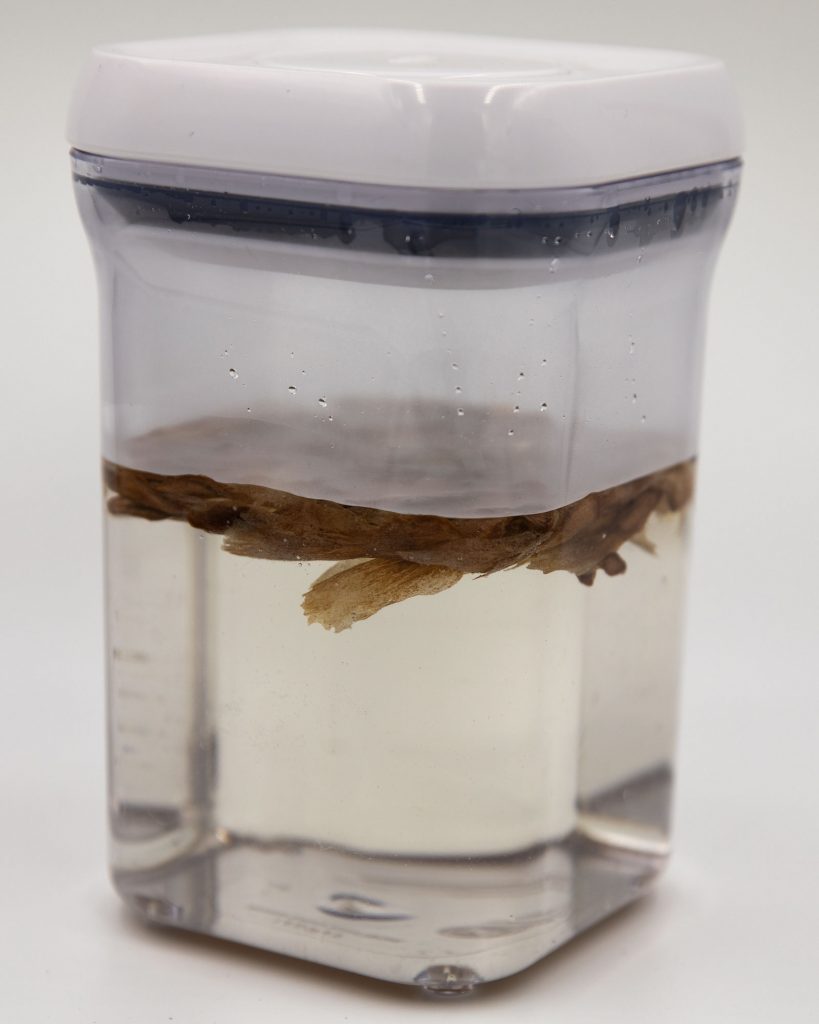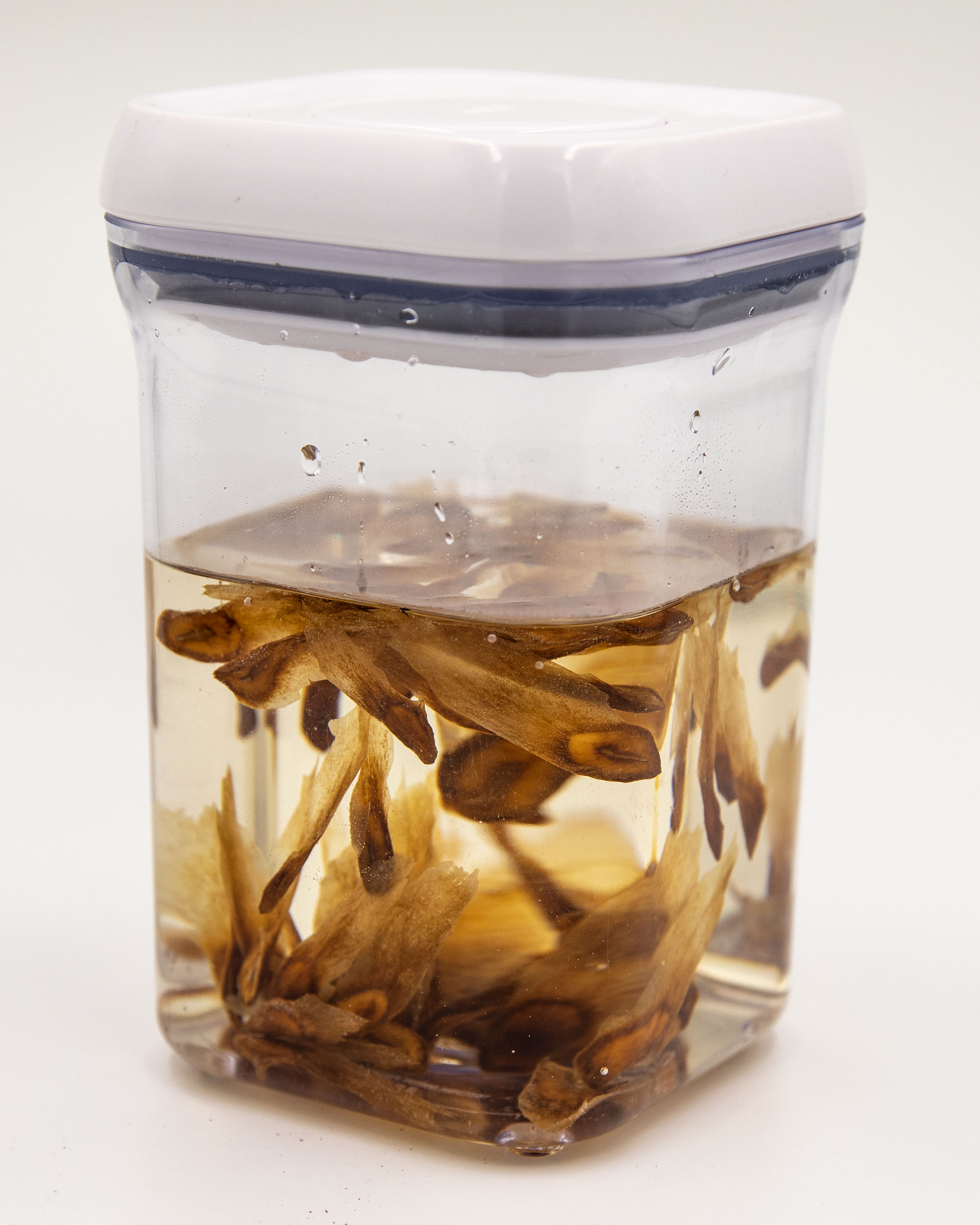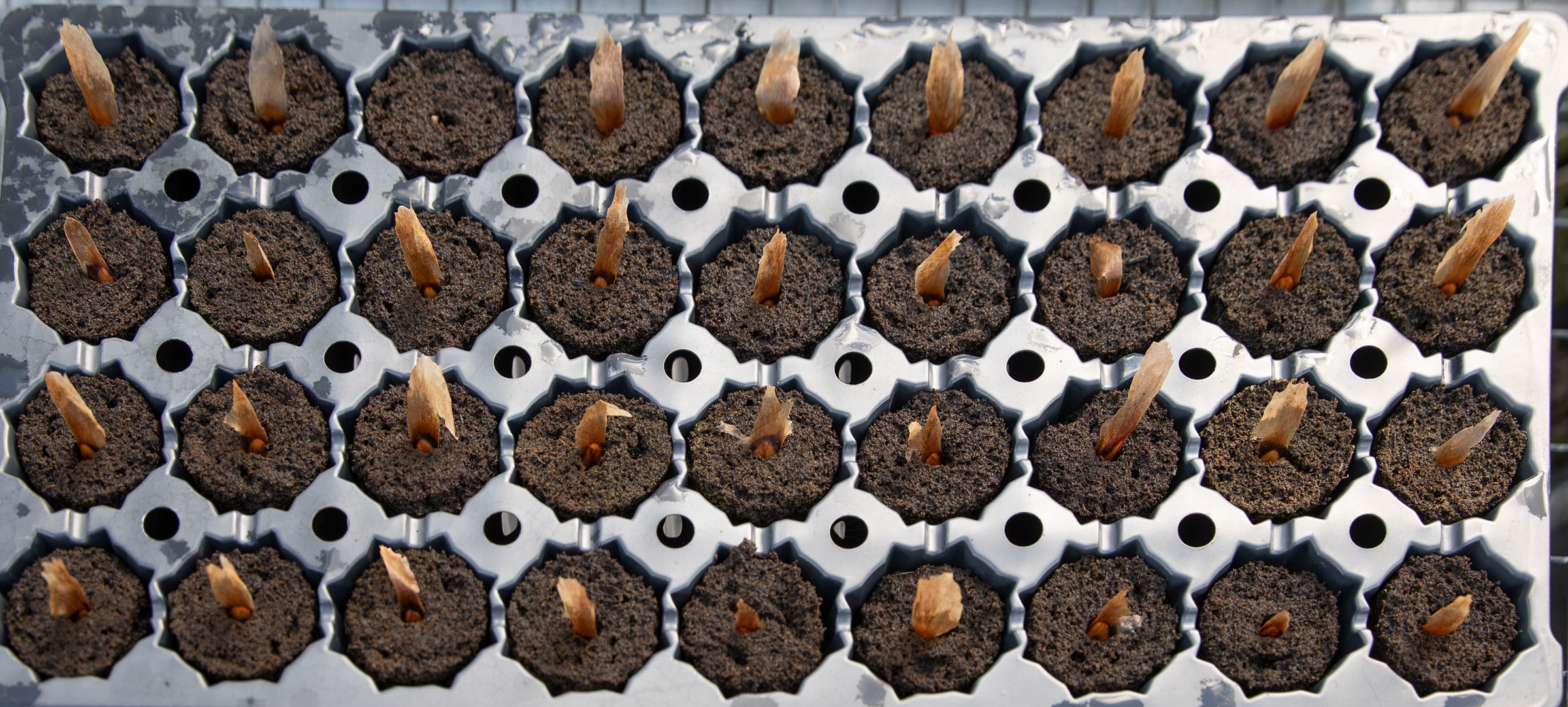How Mycorrhizal Fungi Can Benefit Plumeria Seedlings
Mycorrhizal fungi, a group of beneficial microorganisms, form a symbiotic relationship with plant roots, significantly enhancing plant health and growth. For Plumeria seedlings, these fungi can be a game-changer, offering improved nutrient absorption, greater resilience to stress, and stronger root development. This article explores the benefits of Mycorrhizal fungi for Plumeria seedlings and how to incorporate them into your cultivation practices.
What Are Mycorrhizal Fungi?
Mycorrhizal fungi are soil-dwelling microorganisms that interact with plant roots to form a mutually beneficial partnership. The fungi attach to the roots and extend their network into the surrounding soil, acting as an extension of the root system. In return, the plant provides the fungi with carbohydrates produced during photosynthesis.
There are two main types of Mycorrhizal fungi:
- Endomycorrhizal (Arbuscular Mycorrhizal Fungi or AMF): Penetrate the root cells and form structures within the root, such as arbuscules, to facilitate nutrient exchange. Plumeria primarily benefits from this type.
- Ectomycorrhizal Fungi: Form a sheath around the root but do not penetrate root cells. These are more common in certain trees and shrubs but less relevant for Plumeria.
Benefits of Mycorrhizal Fungi for Plumeria Seedlings
- Enhanced Nutrient Uptake
- Mycorrhizal fungi significantly increase the surface area of the root system through their hyphal network, allowing Plumeria seedlings to access nutrients like phosphorus, nitrogen, and micronutrients more efficiently.
- Phosphorus, in particular, is essential for root development and early growth, and the fungi help mobilize this nutrient in forms that seedlings can readily absorb.
- Improved Root Development
- The association with Mycorrhizal fungi promotes more extensive root systems in Plumeria seedlings, making them better anchored and more resilient to environmental stress.
- Stronger roots enable the seedlings to grow faster and establish themselves more effectively.
- Increased Drought Tolerance
- The fungi’s hyphal network helps seedlings access water in soil pores that roots alone cannot reach. This is particularly beneficial in dry conditions, ensuring the seedlings remain hydrated.
- Protection Against Soil Pathogens
- Mycorrhizal fungi can act as a biological shield, outcompeting harmful pathogens in the soil and reducing the likelihood of diseases such as root rot.
- They also produce bioactive compounds that inhibit the growth of harmful microorganisms.
- Stress Resistance
- Mycorrhizal fungi improve the seedling’s ability to tolerate environmental stresses such as temperature fluctuations, salinity, and nutrient deficiencies.
- By maintaining better overall health, Plumeria seedlings are less vulnerable to adverse conditions.
- Enhanced Growth and Blooming Potential
- Seedlings colonized by Mycorrhizal fungi tend to grow faster and reach maturity sooner, leading to earlier and more prolific blooming.
How to Use Mycorrhizal Fungi with Plumeria Seedlings
- Choose the Right Product
- Look for products specifically containing endomycorrhizal fungi, such as Glomus intraradices or Glomus mosseae, as these are most beneficial for Plumeria.
- Mycorrhizal fungi are available in powder, granular, or liquid forms.
- Application Methods
- Seedling Stage: Dust Mycorrhizal fungi powder on the roots before transplanting seedlings into pots or the ground.
- Soil Incorporation: Mix granular Mycorrhizal fungi into the soil or potting mix before planting. This ensures even distribution and maximum root contact.
- Watering: Dilute liquid Mycorrhizal products as directed and apply them to the soil around the seedling’s base.
- Timing
- Apply Mycorrhizal fungi at the earliest stages of seedling development to establish the symbiotic relationship as soon as possible.
- Reapply periodically, especially if the soil has been disturbed or depleted of beneficial microbes.
- Best Practices
- Avoid using high-phosphorus synthetic fertilizers, as they can inhibit the colonization of Mycorrhizal fungi. Opt for balanced or low-phosphorus organic fertilizers instead.
- Maintain well-draining soil to support both seedling health and fungal activity.
Tips for Success
- Pair with Organic Matter: Incorporate compost or organic amendments into the soil to provide a hospitable environment for the fungi.
- Protect the Soil Microbiome: Minimize soil disturbance and avoid overuse of chemical treatments that could harm the fungi.
- Monitor Seedling Growth: Observe the seedlings for signs of robust growth, healthy leaves, and strong roots as indicators that the Mycorrhizal fungi are working effectively.
Conclusion
Mycorrhizal fungi offer numerous benefits to Plumeria seedlings, from enhanced nutrient uptake and root development to increased stress tolerance and disease resistance. By incorporating these beneficial fungi into your growing practices, you can give your Plumeria seedlings the best start possible, ensuring healthier growth and a quicker path to maturity. Whether you’re a hobbyist or a seasoned grower, leveraging the power of Mycorrhizal fungi is a natural, effective way to elevate your Plumeria cultivation efforts.
For more insights and tips on growing Plumeria, visit PlumeriaCareGuide.com.
